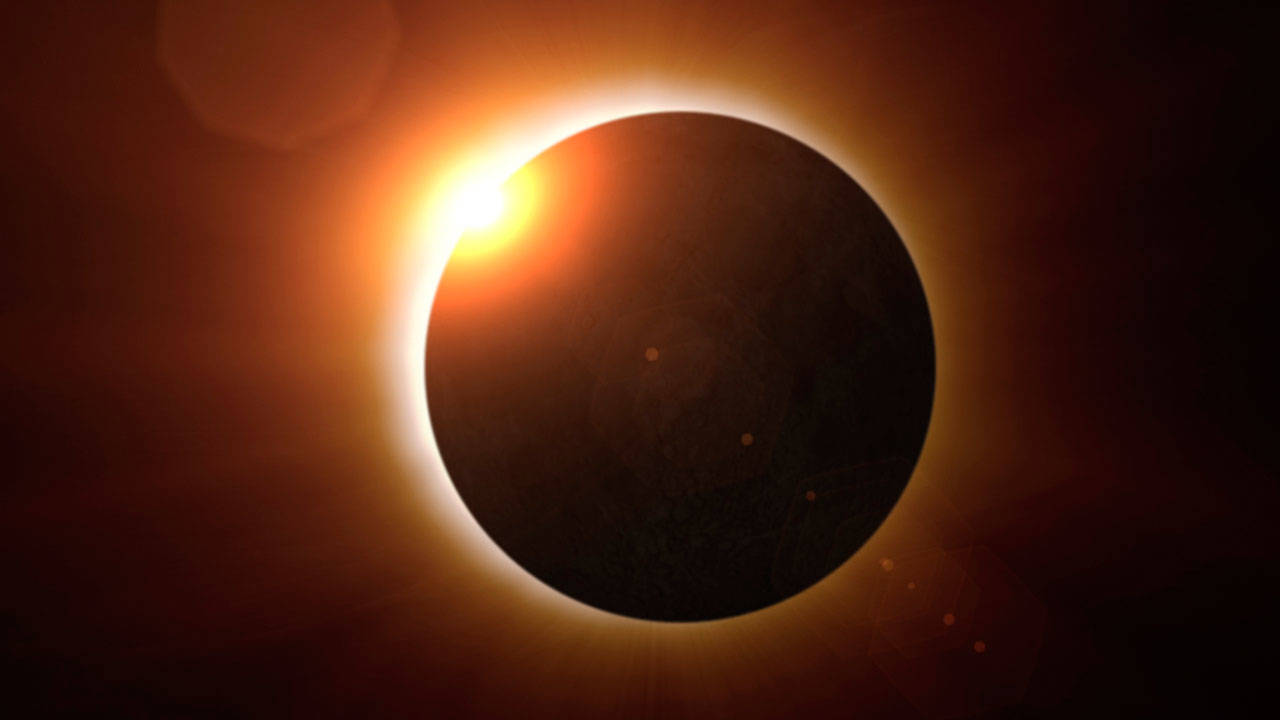Goodbye, sun. Hello, road trip.
For a few minutes on Aug. 21, part of the country will have no sun, enveloped in the “path of totality” — the path of the solar eclipse in which the moon completely covers the sun — and experience a total solar eclipse.
Islanders and many others will be taking to the road to see the solar eclipse from a better viewing point in Oregon and Steve Ruhl, president of the Battle Point Astronomical Association, will be one of them.
He plans to attend the Oregon Star Party, near Prineville, in the path of totality.
Ruhl has gone to the star party every year for the past nine, to observe with other amateur astronomers from around the country.
This year, he will be joined at the event by about 10 other members of the Battle Point Astronomical Association, as well as approximately 500 other attendees.
During a total solar eclipse, the moon completely covers the sun, and the star’s atmosphere can be seen, along with many planets, stars and constellations that are normally seen in the winter here (total solar eclipses only ever occur in March, April, July or August).
The upcoming eclipse has star-gazers across the country excited. Though there is a solar eclipse somewhere around the world every 18 months, there hasn’t been one in the United States since Feb. 26, 1979. NASA even has a web page devoted to the event with a countdown clock (www.eclipse2017.nasa.gov/).
When the moon blocks the sun, only those directly beneath the sun and moon’s paths will see a total solar eclipse. Others will just see a partial solar eclipse, if they are close enough to the path of totality.
The difference between the types of eclipses is significant; one feels like the middle of the night, while the lesser looks like a dot moving across the disk of the sun.
For those seeking the whole show, the path of totality will stretch diagonally across the U.S. from Salem, Oregon to Charleston, South Carolina.
When the eclipse hits Oregon, it will be around 9 a.m. and last for two hours, but the total eclipse — which will happen after 10 a.m. — will be over in a matter of minutes.
According to Ruhl, the best viewing area to see the total eclipse will be east of the Cascades. Historically, Madras, Oregon enjoys a clear sky. It has been a good place to see similar events. So much so, that the town is even opening up a football field for viewing the eclipse to accommodate the influx of people expected.
Ruhl said it’s difficult to predict where the best spot will be, so eclipse watchers should just hope for clear skies and keep an eye on the weather.
Ruhl has been looking upward for a long time. He studies from his private observatory whenever he can, and he has been hooked on astronomy since he was a kid, he said, and hasn’t stopped exploring the night sky since.
When there are clear skies, “the only thing that holds me back is lack of sleep,” he said.
After years of studying the night sky, Ruhl notes that on Bainbridge it isn’t very clear, and has been getting “noticeably worse in the past few years.”
Light pollution is making it increasingly difficult for astronomers to see a dark sky, which prevents them from seeing some constellations, stars, planets and even The Milky Way.
However, people here still can see many incredible things in the sky, Ruhl said, including the eclipse.
It is not the ideal viewing spot, but the partial eclipse will be in view. Bainbridge Island is not in the path of totality, but people here will still be able to view about 90 percent of the eclipse.
With almost all of the members of the Battle Point Astronomical Association going down to see the eclipse from the path of totality, the observatory at Battle Point park will most likely be closed during the eclipse.
“Everyone I know is going to see the eclipse, except my wife,” Ruhl chuckled.



